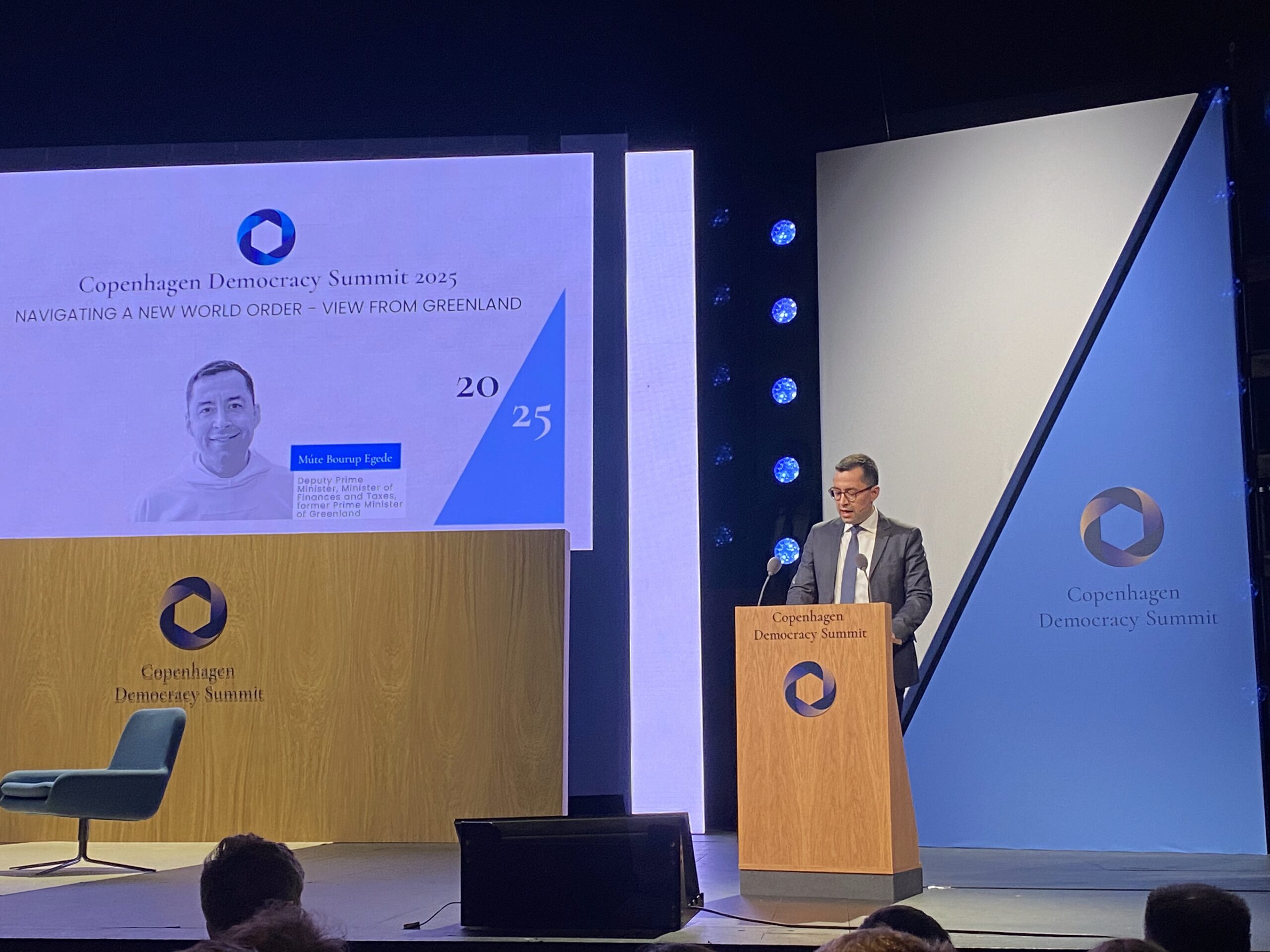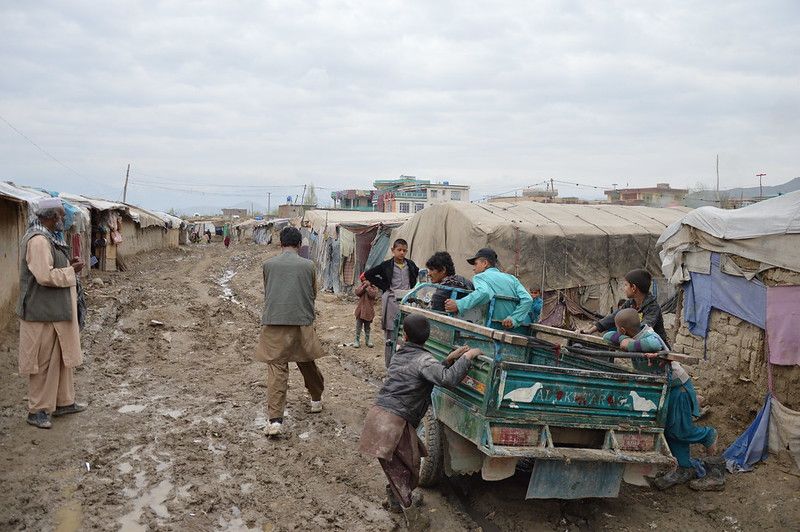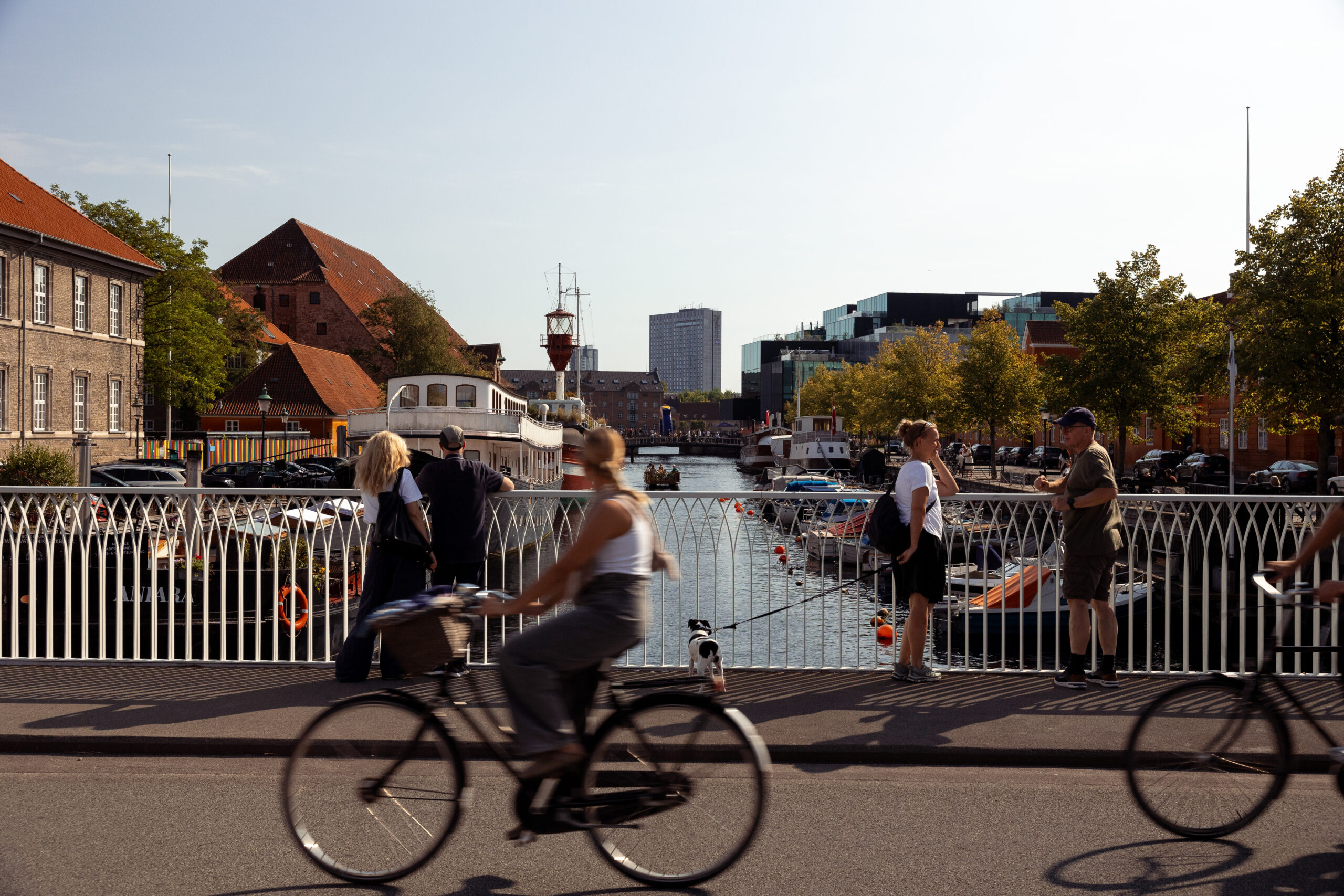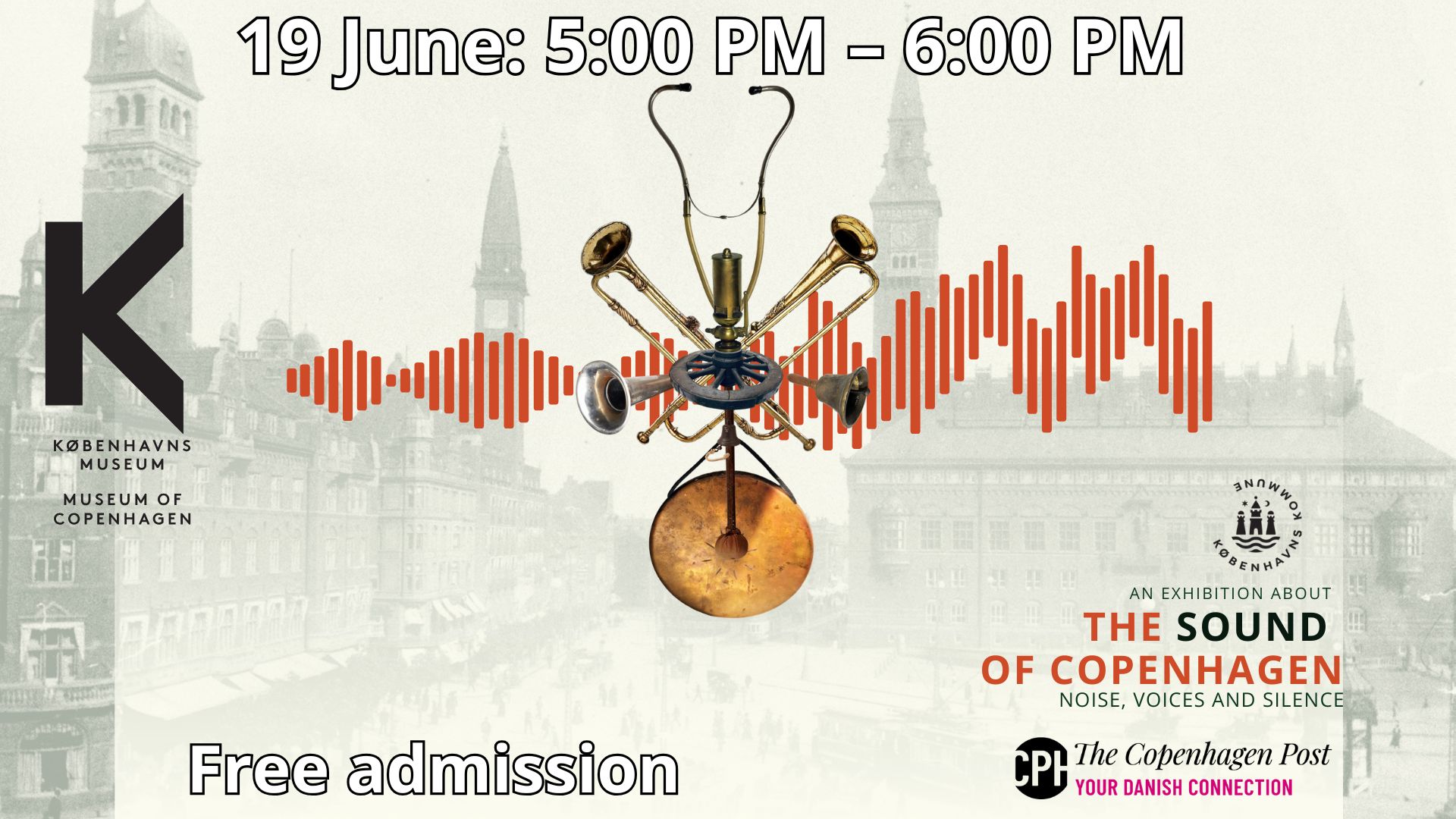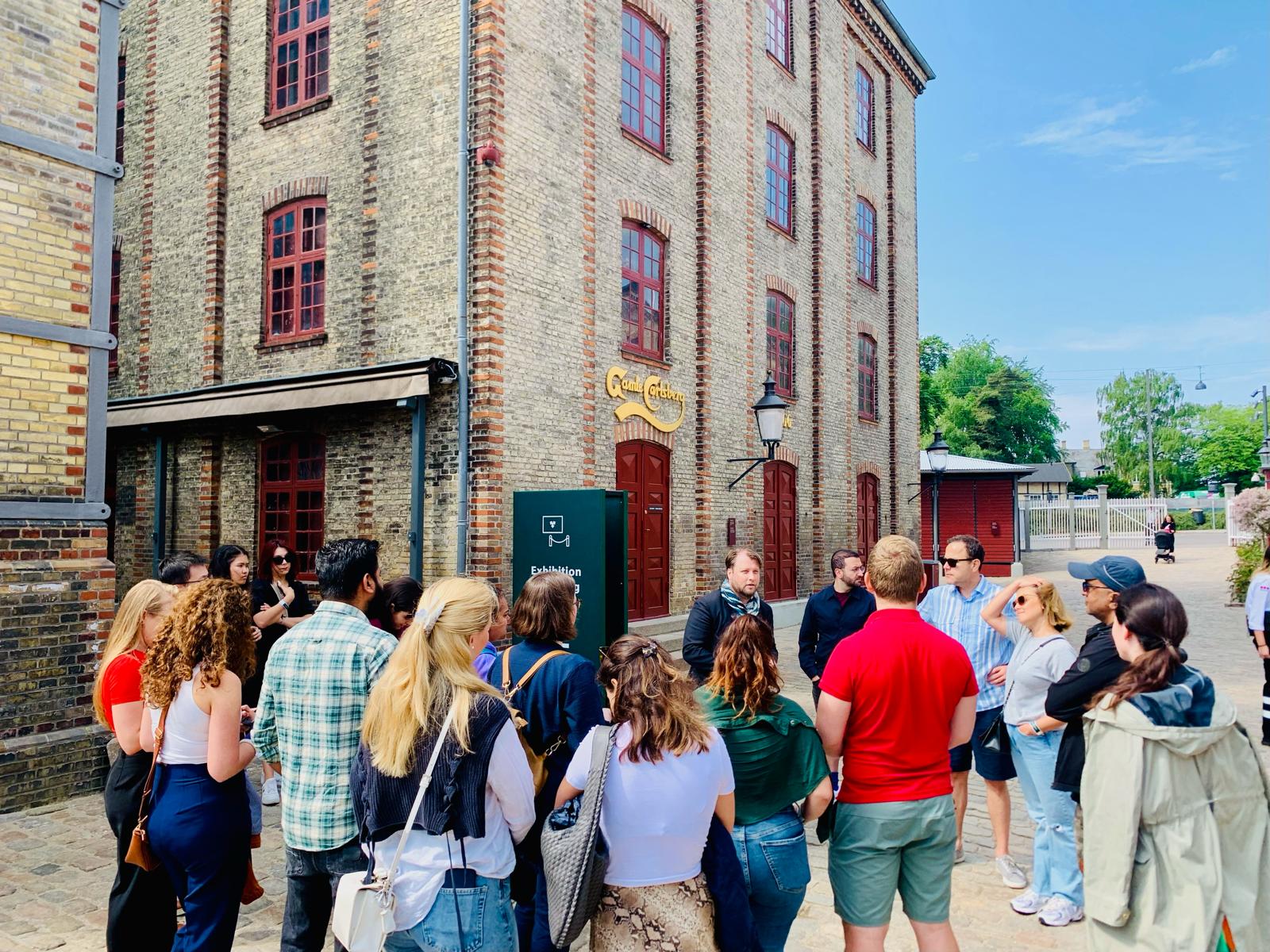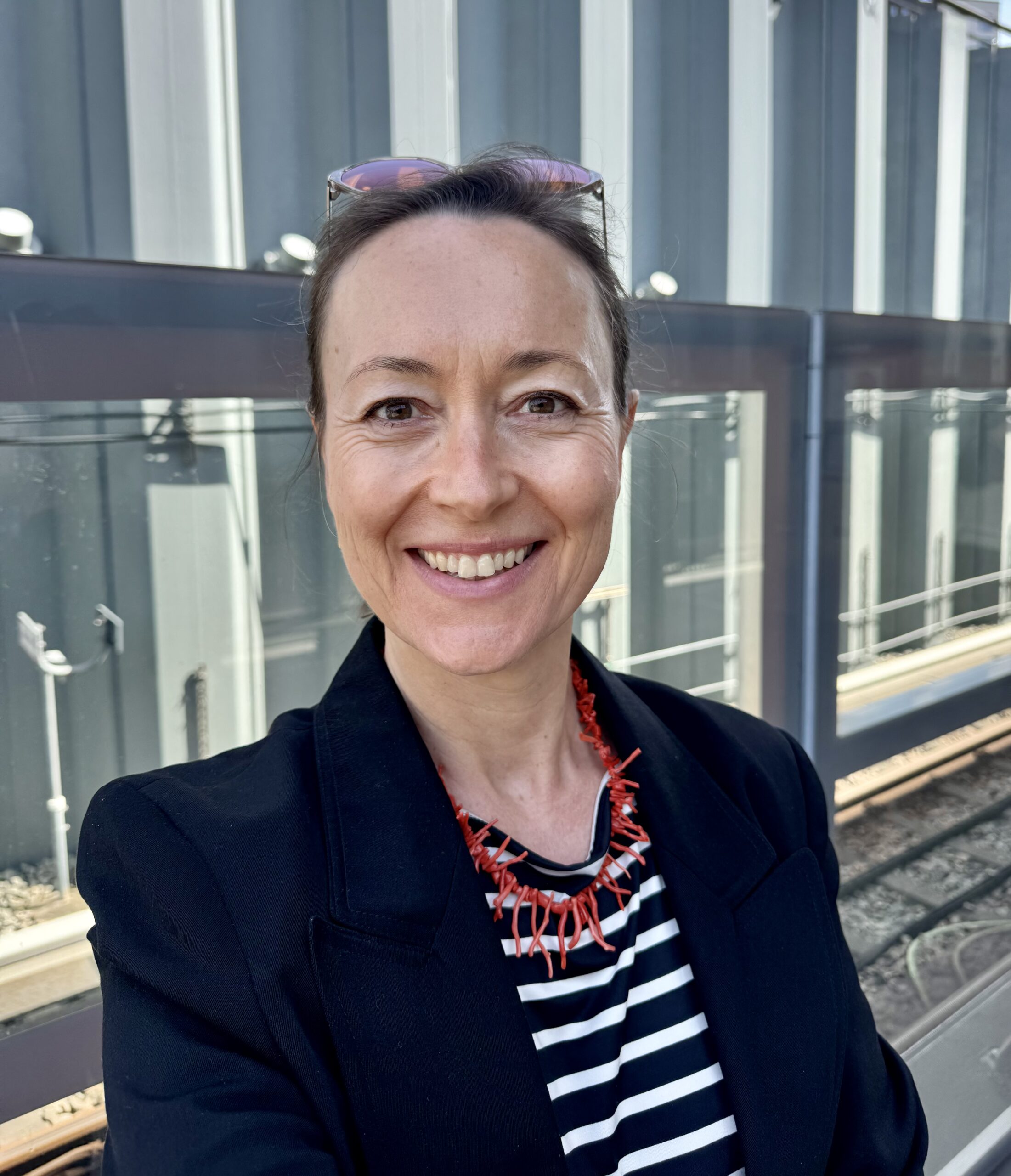The deadly bird virus Aquatic Bird Bornavirus 1 (ABB1) has been registered for the first time in the wild geese population in Denmark, according to new research conducted by DTU’s Veterinary Institute in co-operation with the University of Copenhagen and Copenhagen Zoo.
The virus, which is prevalent in wild geese populations in North America and leads to constipation and death among geese, has never before been registered in geese populations in Europe.
“It’s the first time the virus has been found among geese in Europe, and we are concerned it will spread in the same manner as in North America,” Mads Bertelsen, a vet at Copenhagen Zoo and one of the researchers behind the findings, told Videnskab.dk.
In North America, it is estimated 10-50 percent of all geese carry the virus.
In Denmark, the figures are much lower but still noticeable. In 2014, there were seven positive samples found among the brains of 333 hunter-killed geese examined in Denmark.
READ MORE: Deadly virus threatening Danish mink industry
Christmas goose still on
The research, which has just been published in the scientific journal Emerging Infectious Diseases, showed the virus was found in greylag geese, barnacle geese and pink-footed geese in Denmark.
“We don’t know how the virus has arrived to Europe, but one possibility could be that it has come via Greenland as some geese from Canada breed there,” Anders Fick Thomsen, one of the co-authors behind the research, told Videnskab.dk.
Not all the geese who contract the virus succumb to it. Some show no symptoms.
However, for many, it is a grisly end. They become constipated and literally eat until they die as the food they eat isn’t digested.
Despite the findings, the researchers said that there is no reason not to get stuck into a tasty goose this Christmas, as there is no evidence that the virus can be transmitted from geese to humans.




